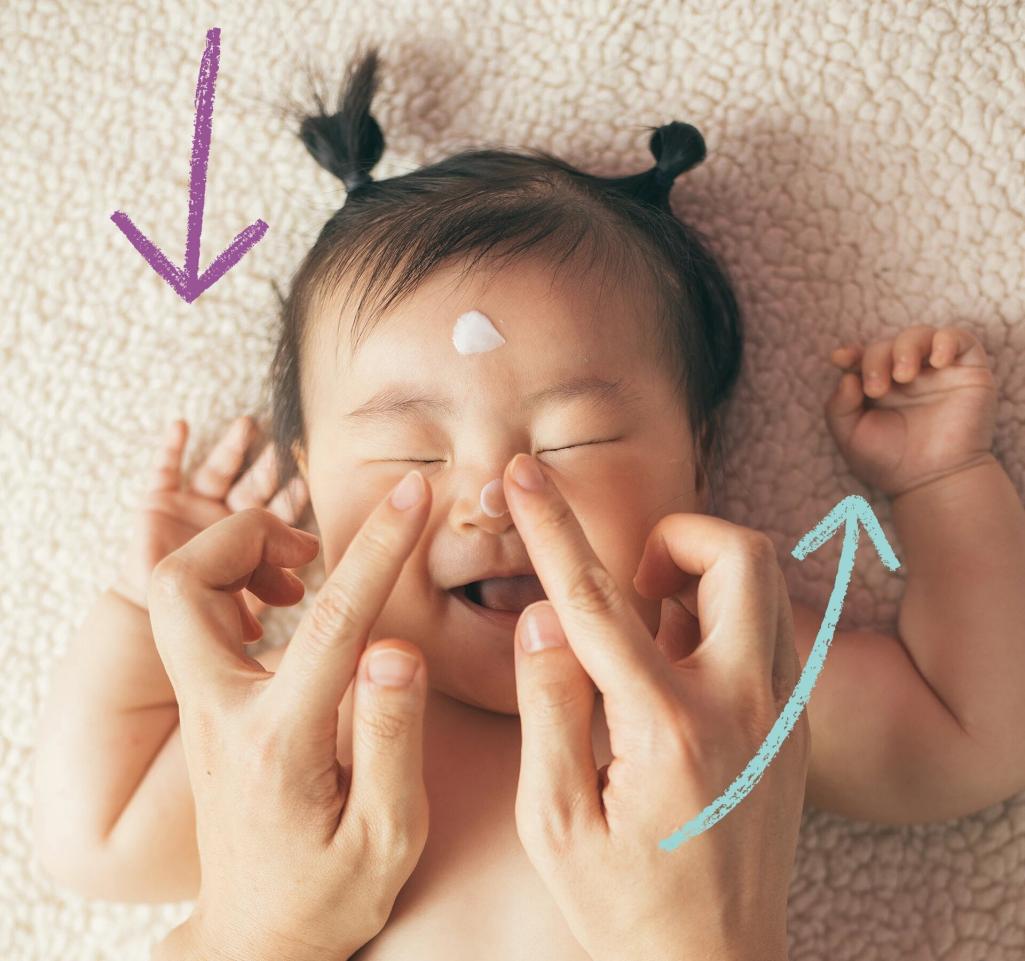Studying babies’ skin, from birth on
For 70 years, our research teams have developed a unique and worldwide recognized expertise in the physiology of babies’ skin, as soon as birth.
For 70 years, our research teams have developed a unique and worldwide recognized expertise in the physiology of babies’ skin, as soon as birth.

Isn’t baby skin wonderfully soft? Yes, but also very fragile and still under development…
Our EV.E.I.L.S. (EValuation of Early Infant Life / focus on Skin), an unprecedented global study, has enabled three major discoveries on babies’ skin:

The barrier function of baby skin is immature and is more porous than that of adults, and needs more protection from external influences in order to preserve its cell capital. This cell capital – unique for a whole lifetime - with which the baby's skin is endowed at birth and which allows the skin to regenerate throughout life, is particularly vulnerable during the first 2 years of life.

At birth, baby skin is less able to capture and retain water and therefore becomes dehydrated more easily and faster than adult skin.

There are four types of skin with different characteristics: normal, dry, very sensitive and atopy-prone skin. With this discovery, we were able to design our Mustela products accordingly, using specific active ingredients which are perfectly suited for each type of skin.

There’s nothing quite like the soft delicate skin of a baby. “Normal” refers to this “baby skin” idea: it is supple, soft and comfortable. Still... it is more porous to external influences (pollution, bacteria, pollen) and dehydrates constantly.
During its two first years, baby skin needs to be hydrated and protected on a daily basis.

Dry skin is dehydrated and contains less lipids than normal skin. As a result, it becomes rougher and finer and can also peel or tingle, especially on exposed (harsh weather conditions, hot or cold air etc.).
It is easy to relieve dry skin, with daily skin care and attention.

Today, atopic dermatitis affects 1 in 5 children. It is a non-contagious chronic inflammatory skin disease, which causes red itchy patches on well-defined areas of the body and face.
These chronic flare-ups differentiate atopy-prone skins from normal skin types. They affect the baby’s and the entire family’s sleep and quality of life.
But here’s the good news: its symptoms can be controlled (the intensity and frequency of the flare-ups can be decreased) by adopting appropriate behaviour and care. These symptoms also reduce with age.

A baby’s very sensitive skin reacts instantly and temporarily to the slightest everyday stress, to specific products, or to stimuli that would not trigger irritation on normal skin. Consequently, the skin reddens with a tight, tingling or heating sensation. However, very sensitive skin can be soothed quickly, no matter what part of the body is affected.
Multiple factors trigger very sensitive skin’s reactions. Fragranced products should be avoided, and to calm the irritation and redness, it is important to choose soothing products that protect the skin barrier.

Our teams have developed patented models of reconstructed baby skin at different ages – Stelaskin® - that mimic different skin types.
Thanks to this innovation, we are able to study different skin types in more depth, better understand the impact of specific skin stresses and evaluate and test all our products on these reconstituted skin models.